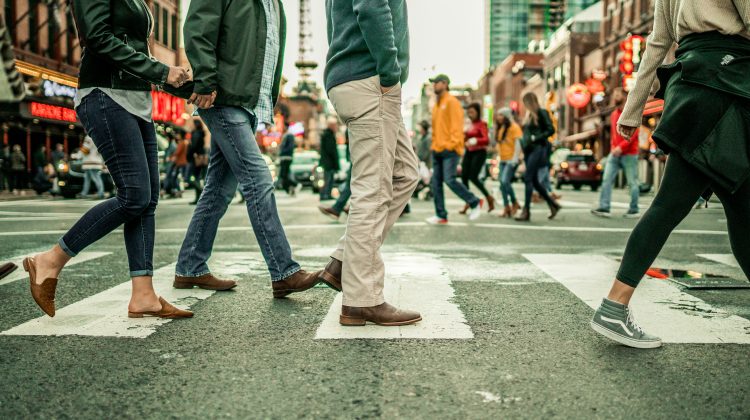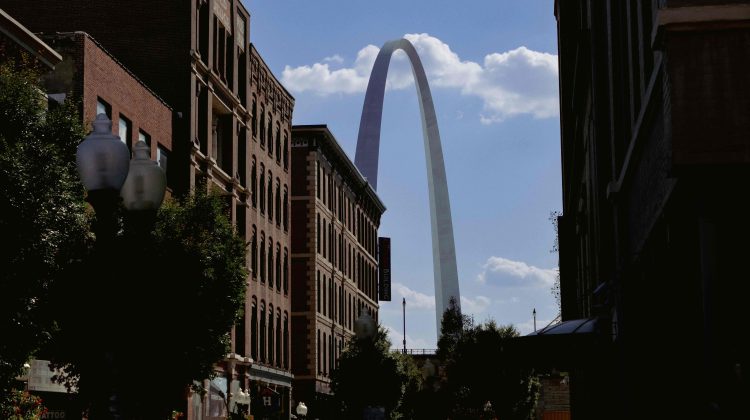Choosing a college is a significant decision that requires considering multiple factors. Safety is one the most crucial factors that parents and students must consider when selecting a college. With concerns about campus crimes, natural disasters, and mental health resources, it’s essential to make an informed decision. Here are some tips to help you choose the safest college.
1. Research Campus Crime Statistics
One of the first steps in assessing a college’s safety is to review its campus crime statistics. The Clery Act requires colleges and universities in the United States to disclose information about crime on and around their campuses. These reports, known as the Annual Security Report (ASR), provide data on crimes such as burglary, assault, and sexual offenses.
How to Use This Information:
- Compare Colleges: Look at the crime statistics of multiple colleges you’re interested in. Pay attention to trends over several years rather than just a single year.
- Consider the Crime Rate in Context: Understand that a larger campus or one located in an urban area might naturally have higher numbers. It’s the rate per capita or per student that can be more telling.
- Look for Decreases or Increases: If you notice a significant increase or decrease in crime over time, research the reasons behind these trends.
For example, data from the Law Office of David A. Breston’s Most Dangerous College Campuses [2024] study can provide compiled and analyzed data. The main findings the study provides is a list of the top college campuses that reported the most crimes from the clery act. Crime data is also separated based on crime category such as criminal offenses, hate crimes, and violence against women act (VAWA) crimes.
2. Evaluate Campus Security Measures
Campus security is more than just the presence of a security team. It involves a comprehensive approach that includes surveillance, emergency preparedness, and student involvement. Here are some factors to consider:
- Security Personnel: Determine if the college has a dedicated campus police force or relies on local law enforcement. A well-trained, on-campus police force can respond quicker to incidents, especially for those who live in on-campus housing.
- Surveillance Systems: Check if the campus is equipped with modern surveillance systems, including cameras in parking lots, dormitories, and other key areas.
- Emergency Alert Systems: Does the college have an effective emergency notification system that can alert students via text, email, or phone in case of an emergency?
- Access Control: Look into how the college manages access to dormitories and other campus facilities. Key card access and visitor check-in systems are signs of a secure campus.
3. Review Campus Safety Programs
Colleges with robust safety programs often provide resources and training to help students protect themselves. These programs can include safe ride programs, safety workshops, and mental health resources.
Key Programs to Look For:
- Self-Defense Classes: These can empower students, especially women, to defend themselves in potentially dangerous situations.
- Safe Ride Programs: Some colleges offer transportation services during late hours to ensure students can travel safely across campus.
- Mental Health Resources: A safe campus also considers the mental well-being of its students. Look for colleges that provide free counseling services, mental health awareness programs, and support groups.
- Sexual Assault Prevention: Colleges with strong programs against sexual assault typically offer clear reporting procedures, survivor support services, and active bystander training.
4. Consider the Surrounding Community
The safety of the surrounding community is just as important as the safety on campus. A college located in a high-crime area may present additional risks to students.
What to Research:
- Local Crime Rates: Research the crime rates in the city or town where the college is located. Websites like NeighborhoodScout or local police department websites can provide this information.
- Public Transportation: Consider the safety of the public transportation options available to students. Are bus stops well-lit and in safe areas? Are there late-night transportation options?
- Community Relations: Colleges that maintain good relationships with local law enforcement and community organizations are often safer. They may collaborate on safety initiatives or have agreements for joint patrols.
5. Tour the Campus and Surrounding Area
Visiting the campus in person is an invaluable way to assess its safety. While there, take note of the following:
- Lighting: Are walkways, parking lots, and entrances well-lit?
- Emergency Call Stations: Look for blue light emergency phones or call stations around campus. These provide a direct line to campus security.
- Student Feedback: Talk to current students about how safe they feel on campus. They can provide insight into any safety concerns not reflected in official reports.
- Explore the Area: Walk around the neighborhood during the day and night to get a feel for the area. Pay attention to how secure you feel and whether there are any areas that seem unsafe. Also if you have a car, drive around the neighboring communities and sense the feel and safety of those areas.
6. Investigate the College’s Safety Culture
A college’s safety culture is reflected in its policies, student attitudes, and overall environment. Some institutions prioritize safety, while others may be more reactive.
What to Look For:
- Student Involvement: Are students encouraged to participate in safety initiatives, such as peer counseling, safety patrols, or safety clubs?
- Transparency: Does the college openly communicate about safety issues? Are students kept informed about incidents on campus?
- Proactive Measures: Look for colleges that take a proactive approach to safety, such as regular safety audits, ongoing training for security personnel, and campus-wide safety campaigns.
7. Check for Natural Disaster Preparedness
Depending on the location of the college, natural disasters such as hurricanes, earthquakes, or tornadoes may be a concern. Colleges in these areas should have a clear and practiced emergency plan.
Questions to Ask:
- Is the campus equipped with emergency shelters or designated safe areas?
- Does the college conduct regular drills for natural disasters?
- What communication methods are in place to alert students of an impending disaster?
At the End of the Day, Choose the College That’s Right for You
While safety is an essential factor in choosing a college, it’s also important to consider the overall picture. A college’s safety rating is just one aspect of the college experience. The right college for you might not have the lowest crime rate, but it could offer the best academic programs, social environment, or extracurricular opportunities that align with your goals and interests.
Trust Your Instincts: After conducting thorough research and visiting campuses, trust your gut feeling. Sometimes, a college might just “feel right” to you, and that can be a crucial indicator that it’s the right choice.
Balance Safety with Other Priorities: If you feel passionate about a particular program or the college’s culture, weigh these factors alongside safety. Every campus has some level of risk, but a college that supports your academic and personal growth may be worth considering even if it doesn’t have the top safety rating.
Prepare and Stay Informed: Once you choose a college, take steps to ensure your safety. Familiarize yourself with campus resources, participate in safety programs, and stay aware of your surroundings. Proactive steps can help you stay safe no matter where you are.
Conclusion
Choosing the safest college involves careful consideration of many factors, from crime statistics to campus culture. However, it’s also about finding the place where you feel you can thrive academically, socially, and personally. By conducting thorough research, visiting campuses, and trusting your instincts, you can find a college that prioritizes safety and offers the best environment for your future.




No Comment